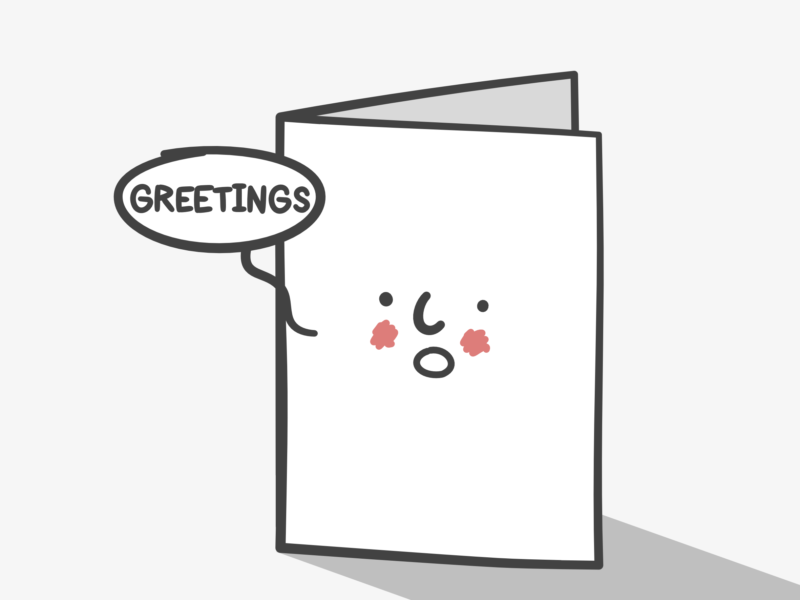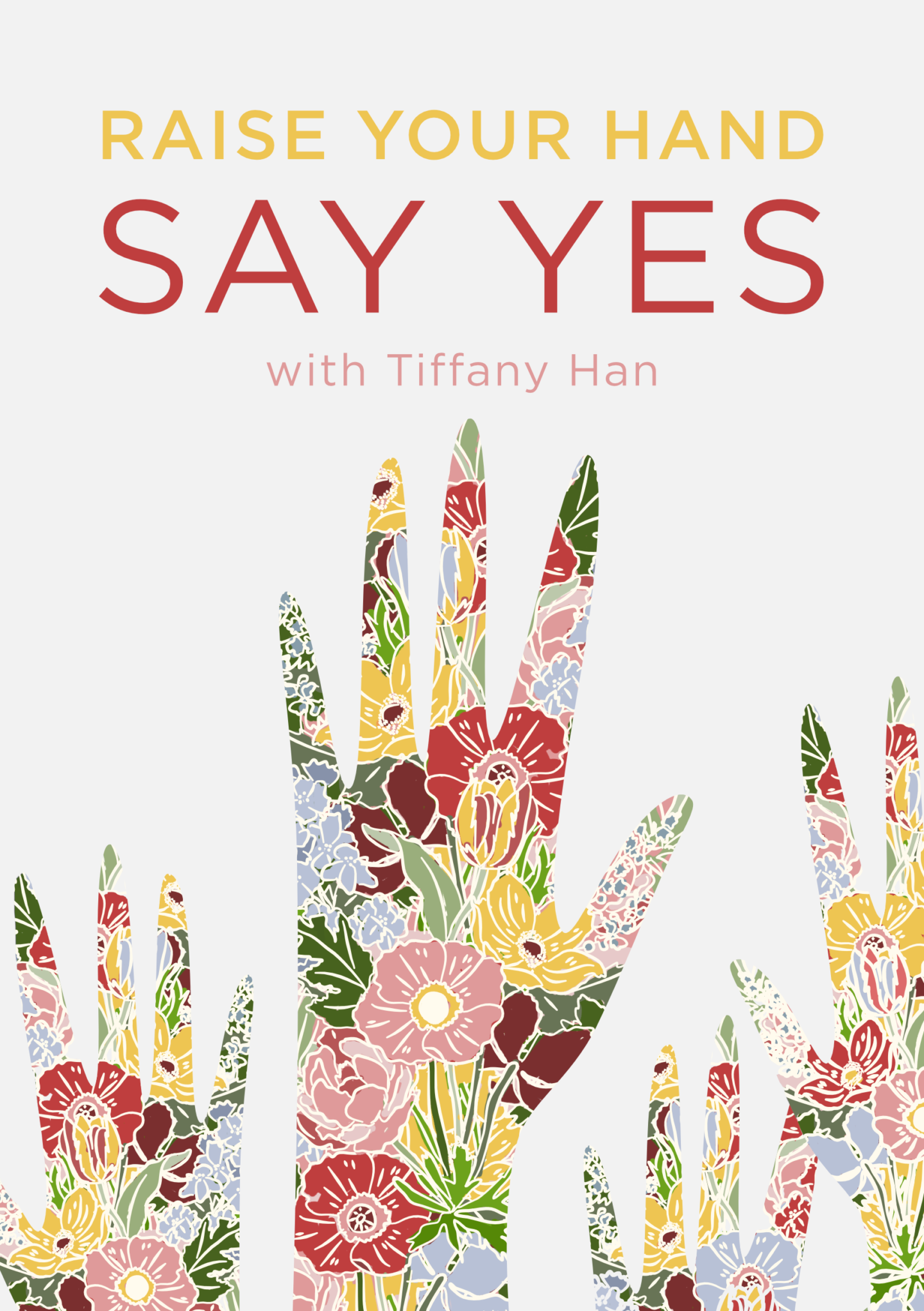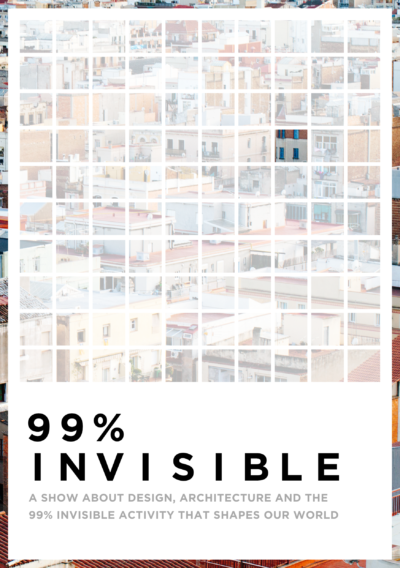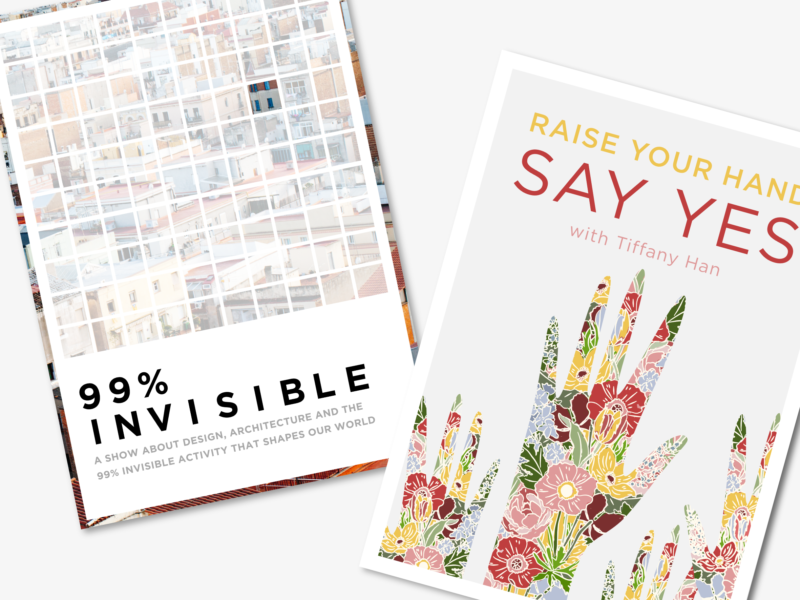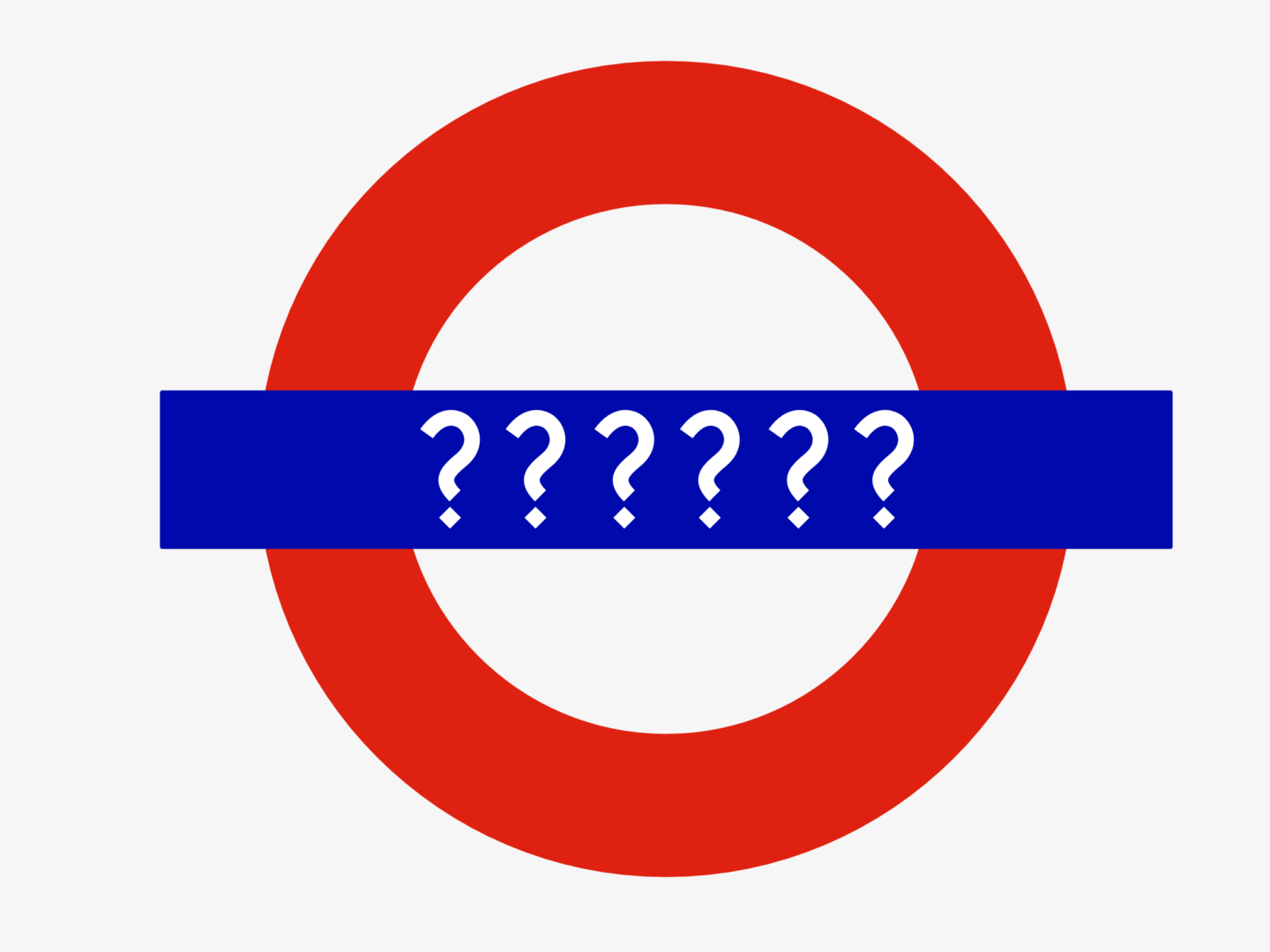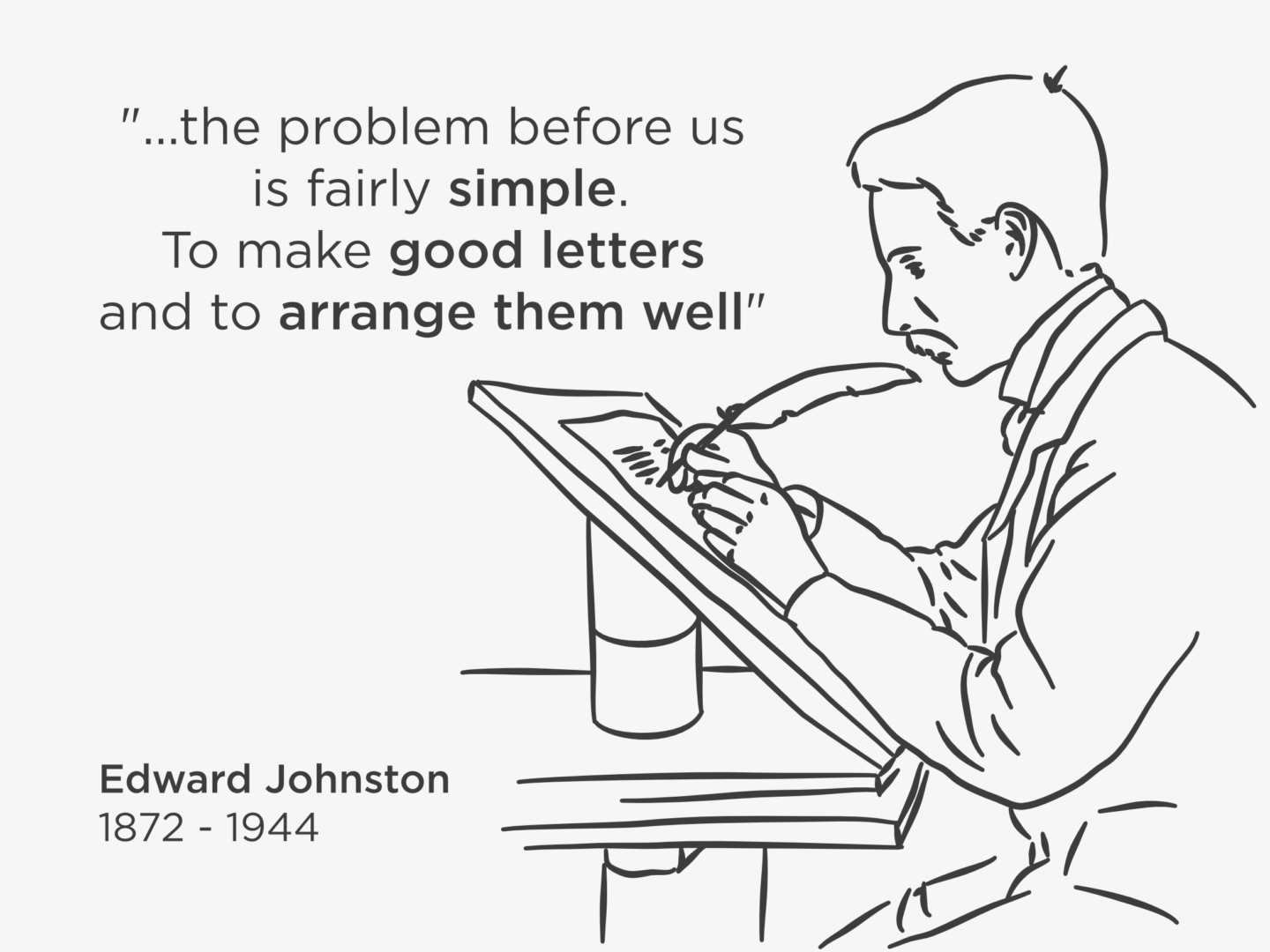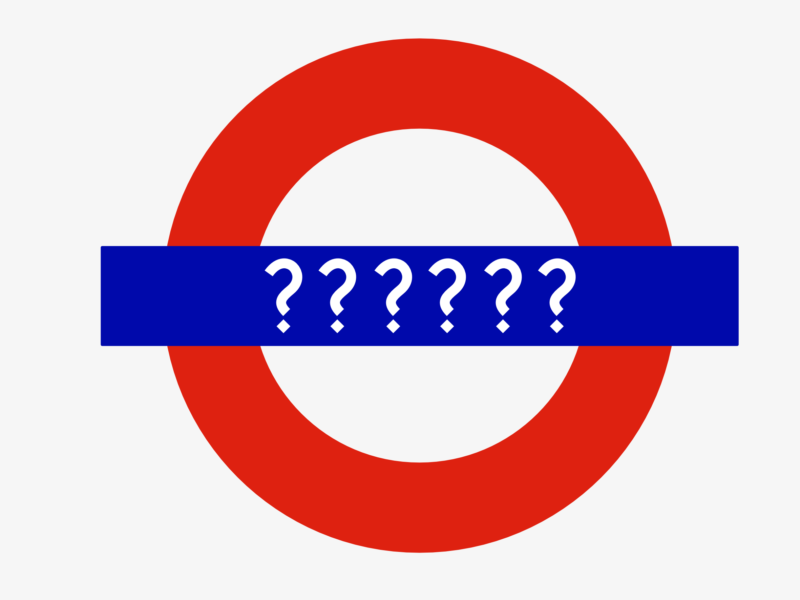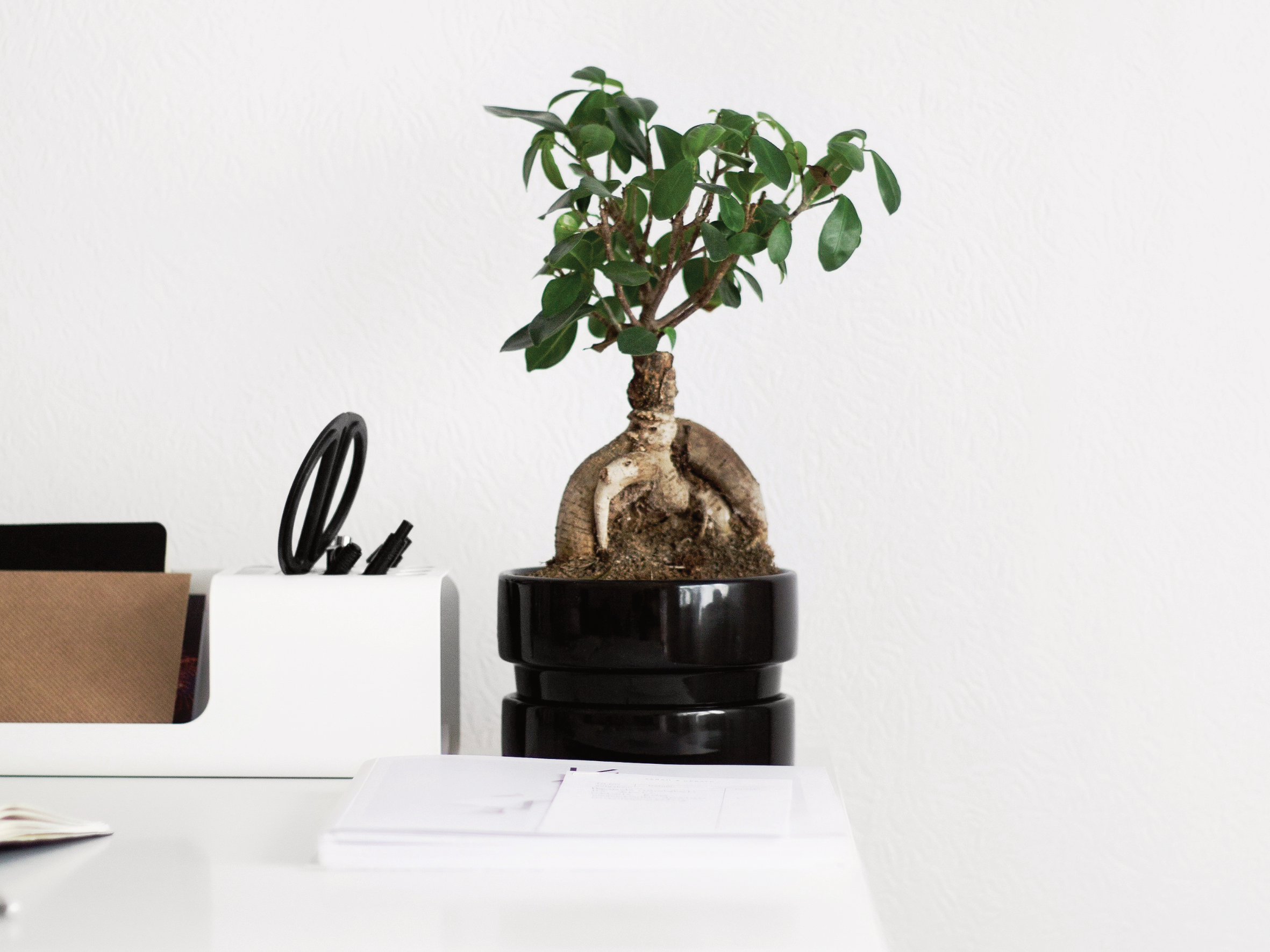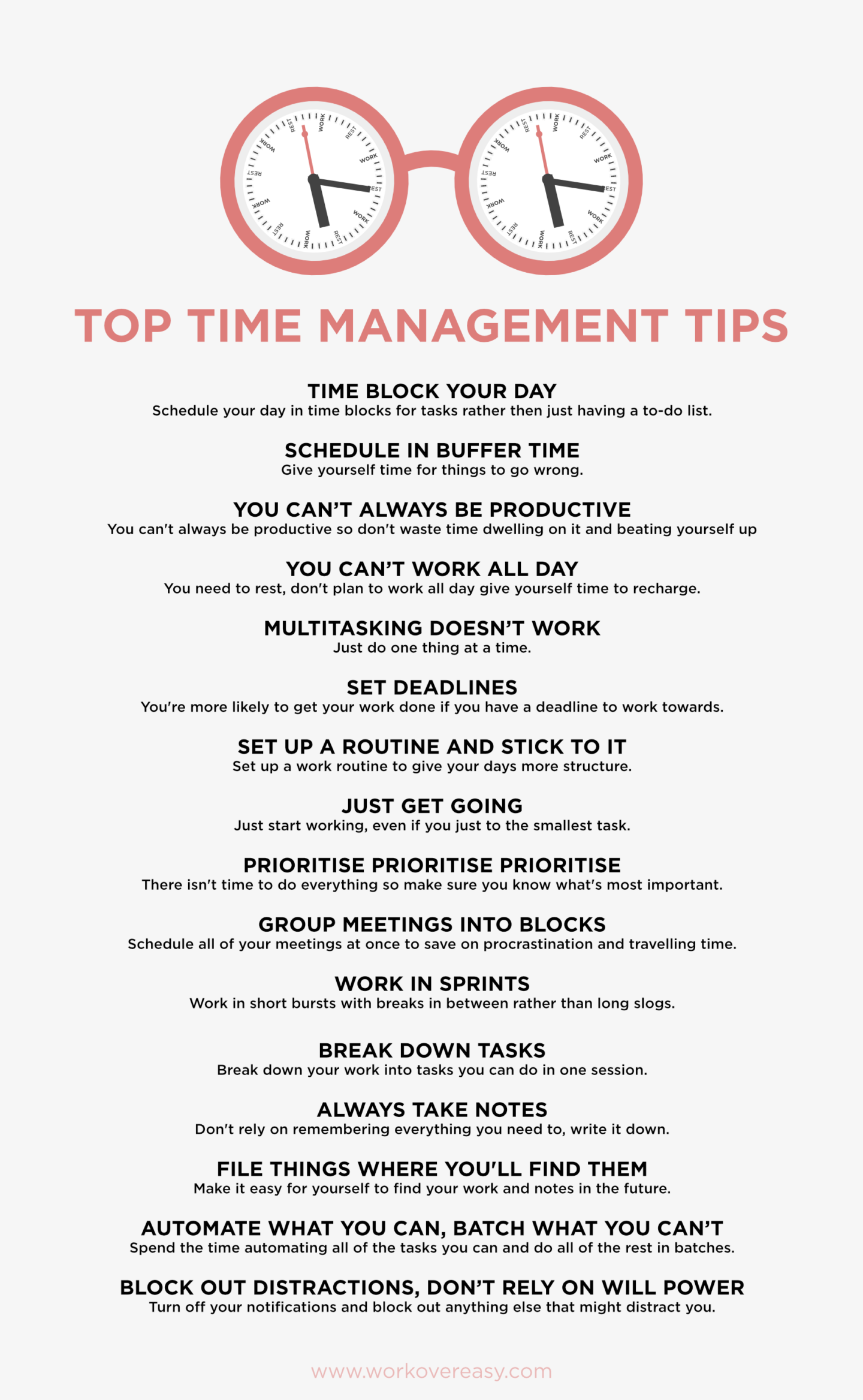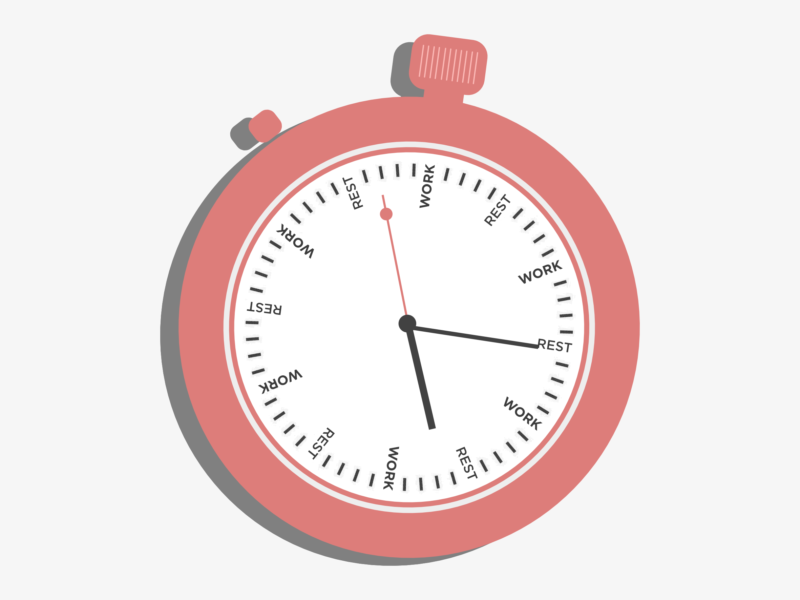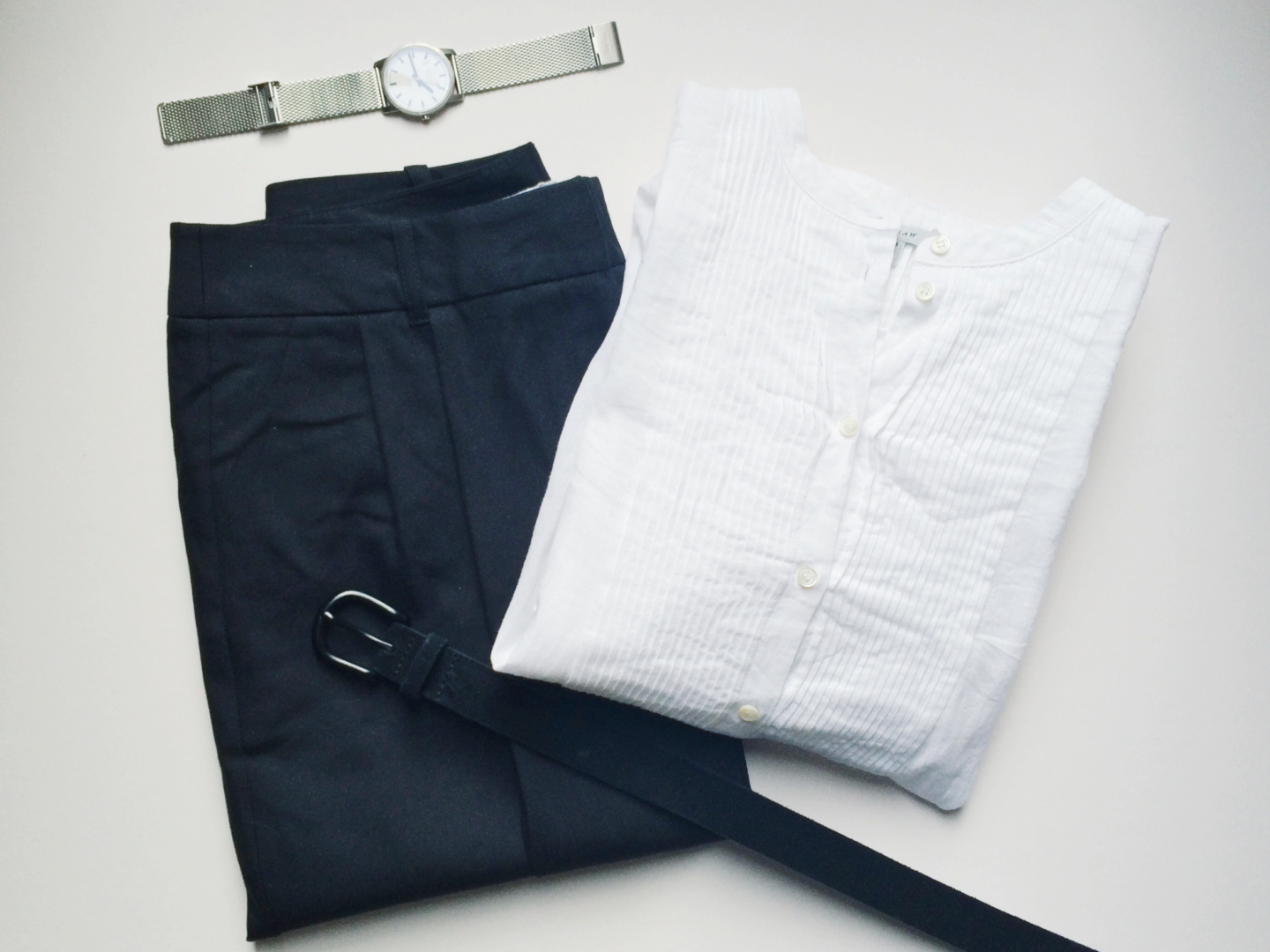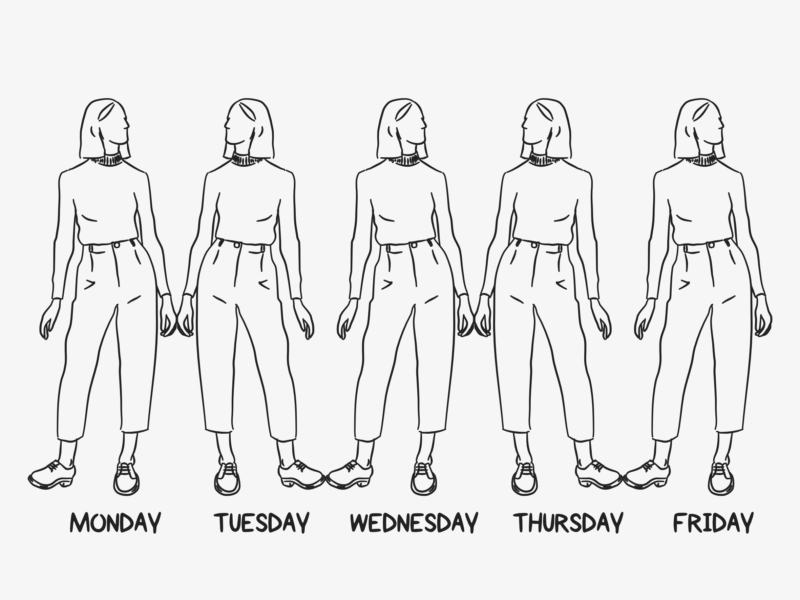I love greeting cards. I love sending them. I love receiving them. I love hoarding them. I may or may not have a whole box full of them.
I love it when a card just speaks to you, and you know you have to send it to that one specific person, and I like to think the people on the other end enjoy them too. Nothing says I saw this and thought of you in the way that a great greetings card can. There are loads of incredible designers creating greetings cards, so I thought I would share a list of some, by no means all, of my favourites to help you fulfil all your stationery desires.
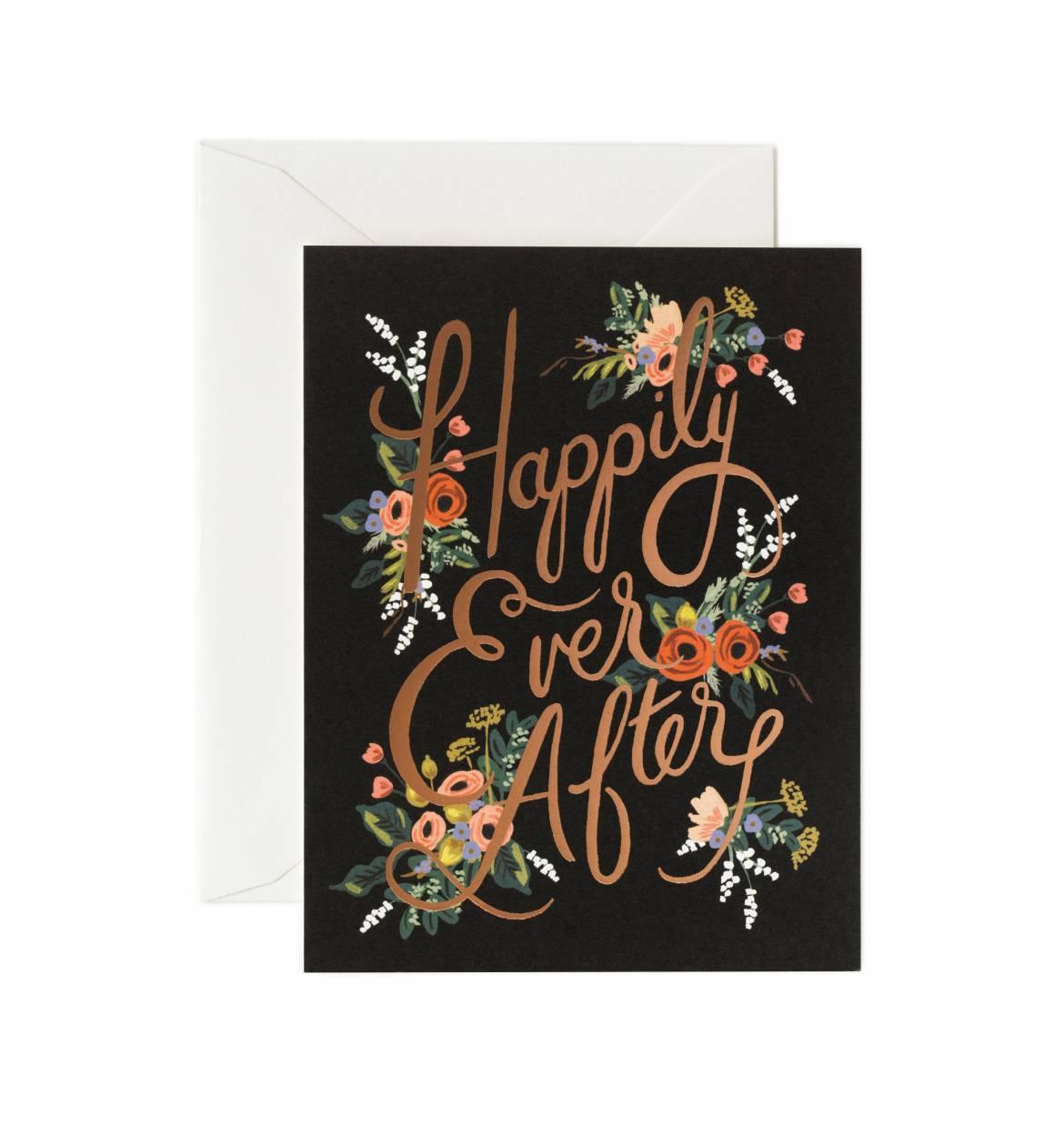
Rifle Paper Co.
THE BIG GUNS
Founded and owned by husband and wife team, Anna and Nathan Bond, Rifle Paper might just make some of the most stunning cards you can buy. They have a mix of beautifully illustrated and quite simple designs. Personally, I usually end up gravitating towards their more illustrated styles, especially when there’s a bit of gold foil involved. Even though they’re based in Florida, their postage to the UK isn’t too steep but does give you an excuse to add an extra couple of cards to your basket.
I think I have, at some point, bought every card Gemma Correll has made, in some cases I’ve bought them more than once. All of her cards feature her easily recognisable illustration style, and they’re the perfect mix of funny, true and a little bit uplifting.
Kikki.K are known for their simple Swedish designs and their mindful journals, but they also make some beautiful greeting cards, for all occasions. Their cards embrace many of the same minimal design principles as their other stationery, so if you’re a fan of anything else they’ve made I’d highly recommend their cards. They have a store in Covent Garden, but their greeting card selection is way better online.
Ohh Deer stock a lot of the designers I’m mentioning in this list, as well as so so so many more. If you’re looking for a card that’s a bit quirky, and also to accidentally pick up more stationery than you will every use, Ohh Deer is the one for you.
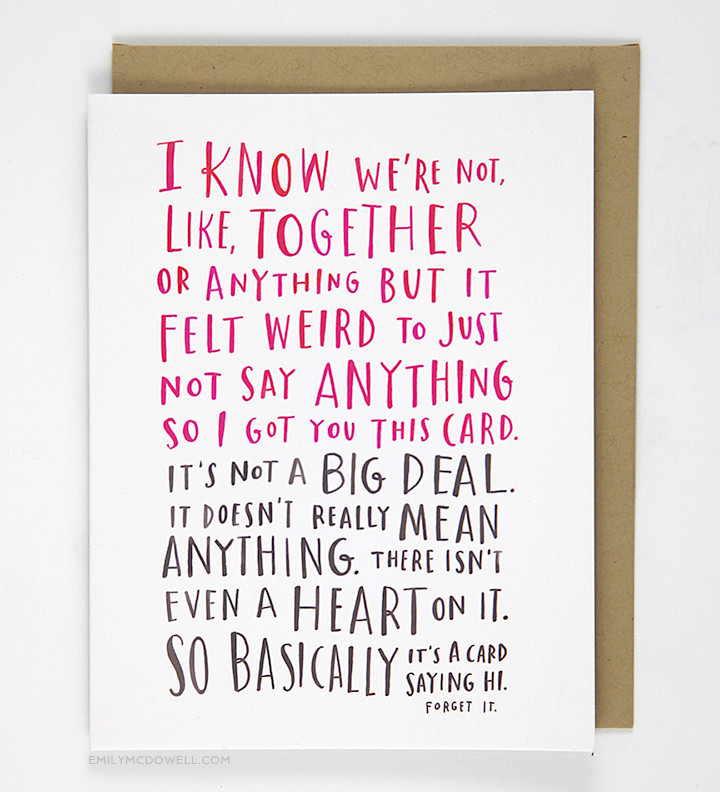
Emily McDowell
THE WORDY ONES
Emily McDowell makes cards for the relationships people really have and for the times when there isn’t really anything you can say. If you scroll through her website I guarantee you’ll find a card that speaks to you in the that’s so us, or even that’s so me, kind of way. She’s even written a book about the times when there’s no good card for what you’re looking to say.
In a similar vein, Lauren Goodland, AKA Dorkfeatures, makes cards that are relatable and funny and so so lovely. They’re so great for friends, which I think is kind of hard to come by. Plus, her relationship cards are just great, if someone could sign up to protect me from giant spiders (mainly just the ones with big bodies) I’d be very appreciative. I will also say that if you like her cards, I would highly recommend following her on social media to watch them come together and just have some chuckles.
I’m a huge fan of Adam JK in all situations, but he recently released a set of postcards that are just brilliant. They’re perfect for when the high street just doesn’t have a card that says just what you want it to, or for when you want something a little shorter and less formal than a card (and by that I mean a postcard).
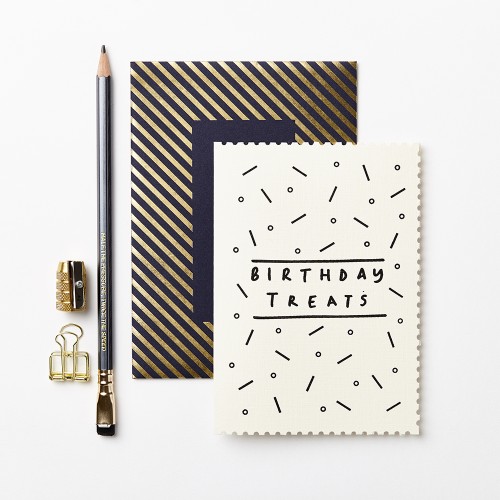
Katie Leamon
THE SIMPLE ONES
Katie Leamon makes some lovely handwritten cards, as well as some very special foiled numbers (I have a thing for foil on cards okay?!). I particularly love the unique cut edges of her cards that are inspired by vintage postage stamps, such a wonderful idea and a really special touch to a simple, does the job beautifully card.
I’ve included My Dear Fellow in the “simple” category even though their cards are bright, colourful, and illustrated because their style is quite graphic. These are the perfect cards for when you want something beautiful but not to specific, ie. the ideal store-cupboard cards.
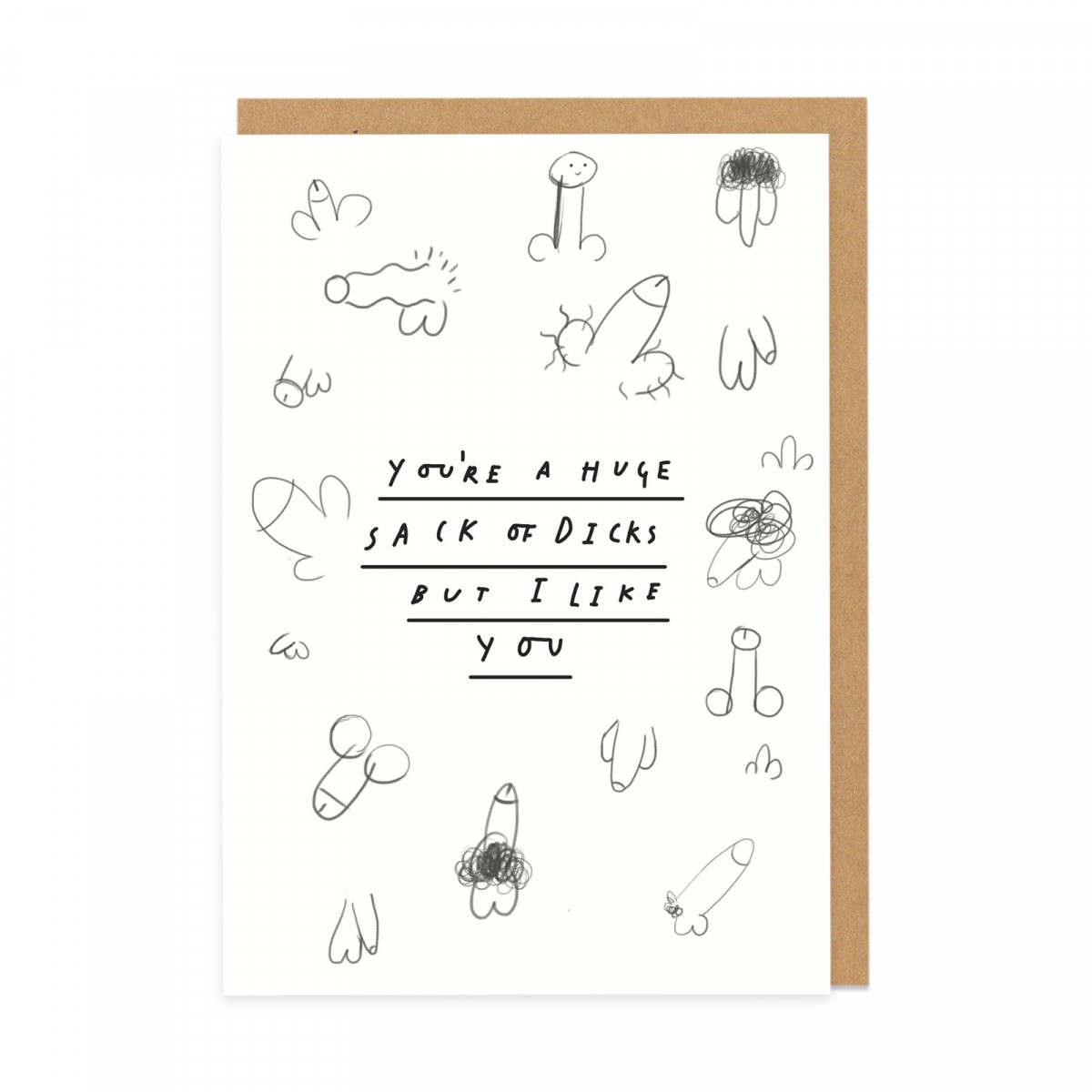
Jordan Carter
THE FUNNY ONES
Katie Abey’s cards are happy, bright and just a wee bit sarcastic. I love all of her animal based designs, but her happy birthday llama has got to be one of my favourites – if any of your friends loved ‘Llamas with hats’ as much as I did you really need to check this furry fella out.
‘You’re a huge sack of dicks but I like you’* sums up Jordan Carter’s style. They’re a little bit rude and a little bit mean, and perfect for that friend/loved one you’re so close to that you just rag on each other lovingly. *I’m not being unkind it’s one of my favourite cards of his.
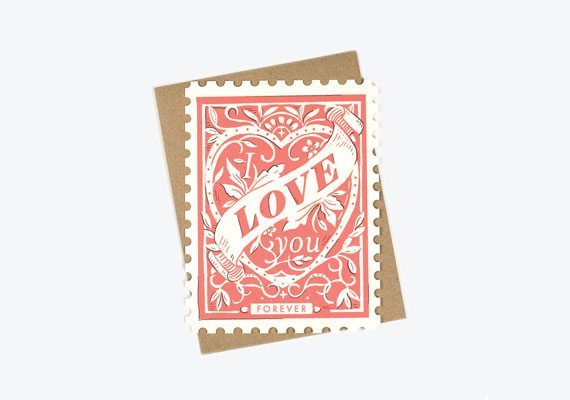
Amy Heitman
THE DAMN THAT’S PRETTY ONES
When they’re not curating the most perfect Instagram feed, Present & Correct’s day job is making gorgeous stationery.
You would expect nothing less than beautifully designed from Wrap Magazine’s card selection, and they do not disappoint. They sell cards from a range of designers but their selection is so well curated that there isn’t a card on their site that I don’t like.
Amy Heitman’s cards are hand illustrated objects of love, they are stunning. If you like Rifle Paper’s style I would highly recommend having a look at her stuff and drooling a little bit.
I love everything Jon Klassen does. His picture books are absolutely tremendous if you haven’t read We Found a Hat you really truly need to. His cards are just as lovely and heart-warming as his books are, they’re beautifully illustrated and really small pieces of art that you can put your own feelings in and share.
Annie’s cards are bee-autiful (check out her website to get that pun), she has quite a small range but I love all of her cards and stationery. Plus, her packaging is gorgeous so if you order online it’s like you get a gift as well as the person you’re sending the card to later.


